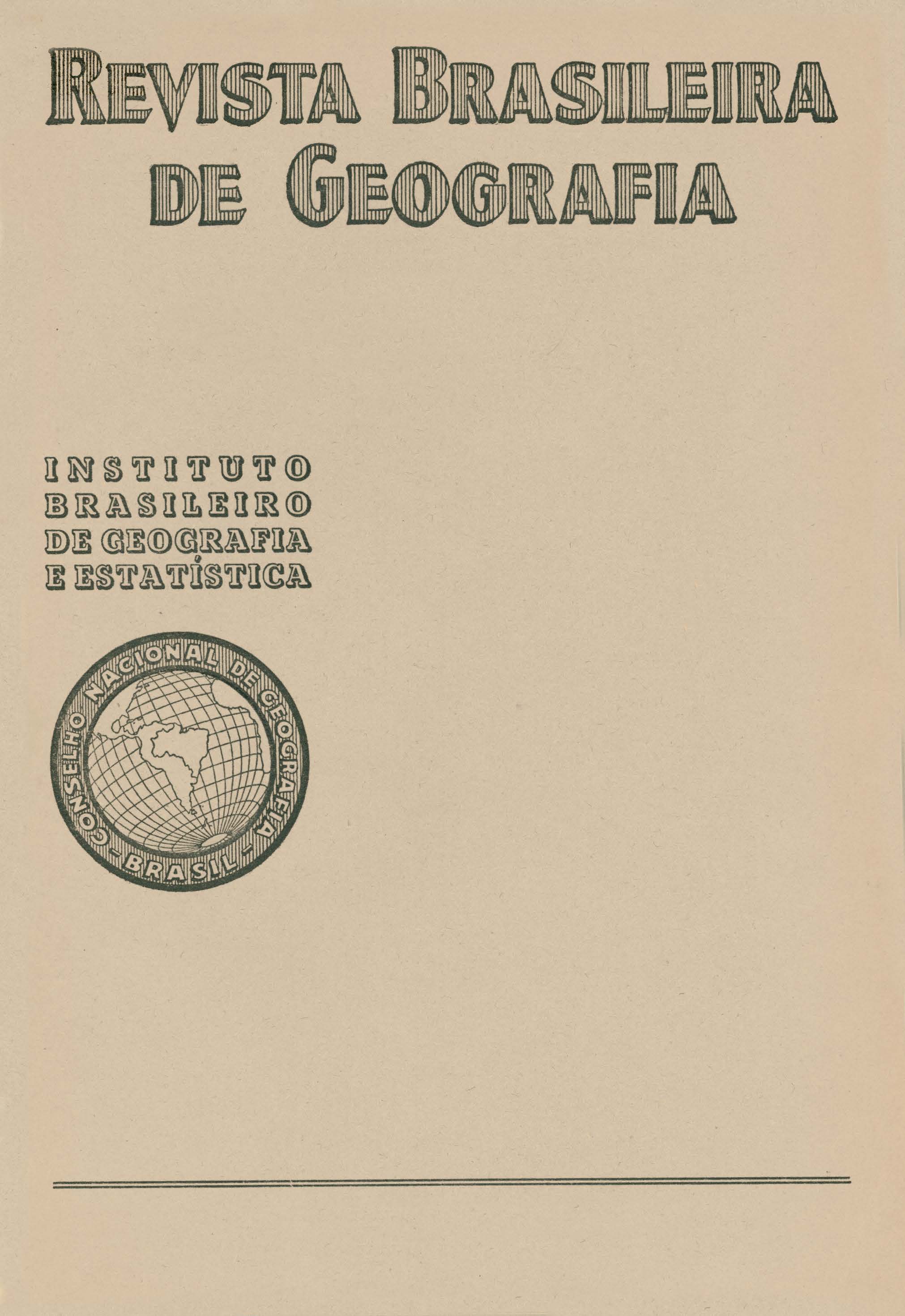Distribuição da população no estado do Paraná em 1940
Palavras-chave:
Paraná, Geografia da População, Demografia, PopulaçãoResumo
The State of Paraná had, according to the 1940 Census, a population of 1 236 276 inhabitants. This population has a very irregular distribution.
The coastal lowland, limited to the West by the escarpment of the Range of the Sea (Serra do Mar), was one of the initial focuses of the settlement of the State, but, in spite of its ancient settlement, the population is not numerous nowadays, being, in fact, this zone, one of the less populated of the State.
The cities of the littoral, Paranaguá and Antonina, despite the decadence they suffered due to the progress of communications between the North and South of the plateau, still constitute important drains for its products.
The principal producing and consuming centers of the State are located on the plateau.
The plateau of Curitiba (Capital of the State) is the most populated region of the State: the city has a population of 100 000 inhabitants, being surrounded by a numerous rural population, composed, in its majority, by the descendants of the European immigrants who came to the region during the XIX th Century.
Farther from the city the population becomes more disperse especially on the North of the State, where the plateau was profoundly dug out on the valleys of the Assungui and Ribeira rivers.
These valleys are scarcely populated.
On the region of Castro- Piraí, the population is rarefied and the principal occupation is cattle-raising.
The region of the Campos Gerais is also scarcely populated despite its ancient colonization and good communications facilities.
Ponta Grossa, the largest city of this zone, is the second of the State in what concerns to population.
This city, in spite of its location in a zone not too expressive, economically speaking, became, thanks to its position in relation to transport facilities, a large trading post to which converges the production of almost all the Western part of the State.
In succession to the Campos Gerais, the interior is covered by extense forests. This part of the State was still unexplored at the beginning of the XIX th Century.
Nowadays, the major part of the population of the second plateau is concentrated in this zone. One of the first concentrations, to the Southwest of Ponta Grossa, was due to the railroad.
The activity of extracting lumber which was first observed along the railroad, is extended now to the West and Northwest, while the extraction of mate (Brazilian tea) dominates in the valley of the Iguaçu River.
União da Vitória and Ira ti are the largest cities of th1s zone (3 782 and 4 780 inhabitants, respectively); União da Vitória occupies an important position in what concerns to communications and is becoming the largest center of the lumber industry.






